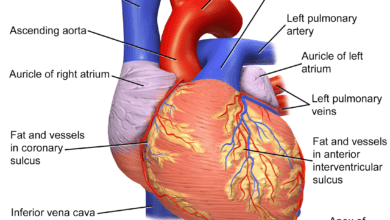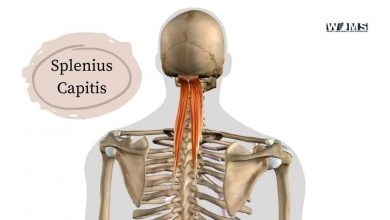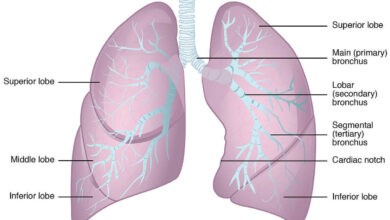Arches of the foot
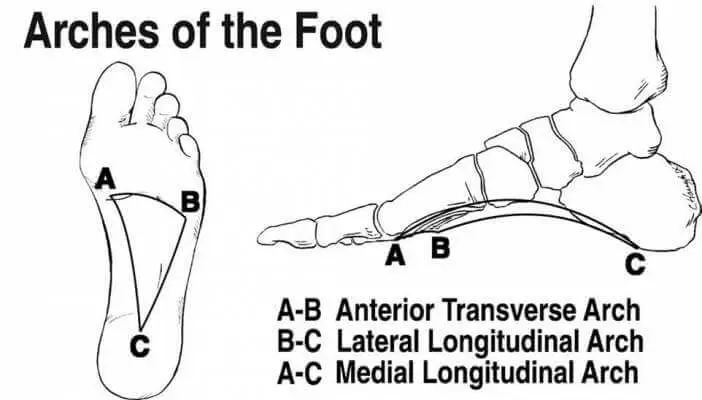
What are the arches of the foot?
The foot is the part of the body that is present distal to the leg. The foot is formed of 28 bones which are arranged either in the transverse arch or in a longitudinal arch. These arches are held by muscles and ligaments. There are four types of arch of the foot. One of the important arches of the foot is the Medial longitudinal arch of the foot.
Introduction: arches of the foot
Arches of the foot helps in fast walking, running, and jumping. In addition, these help in weight-bearing and in providing upright posture. The foot is really unique to the human being. Arches are sustained by intrinsic and extrinsic muscles of the sole in addition to ligaments, aponeurosis, and shape of the bones. Footprints complete due to the arches. The foot has to suffer from many disorders because of tight shoes or high heels which one wears for various reasons.
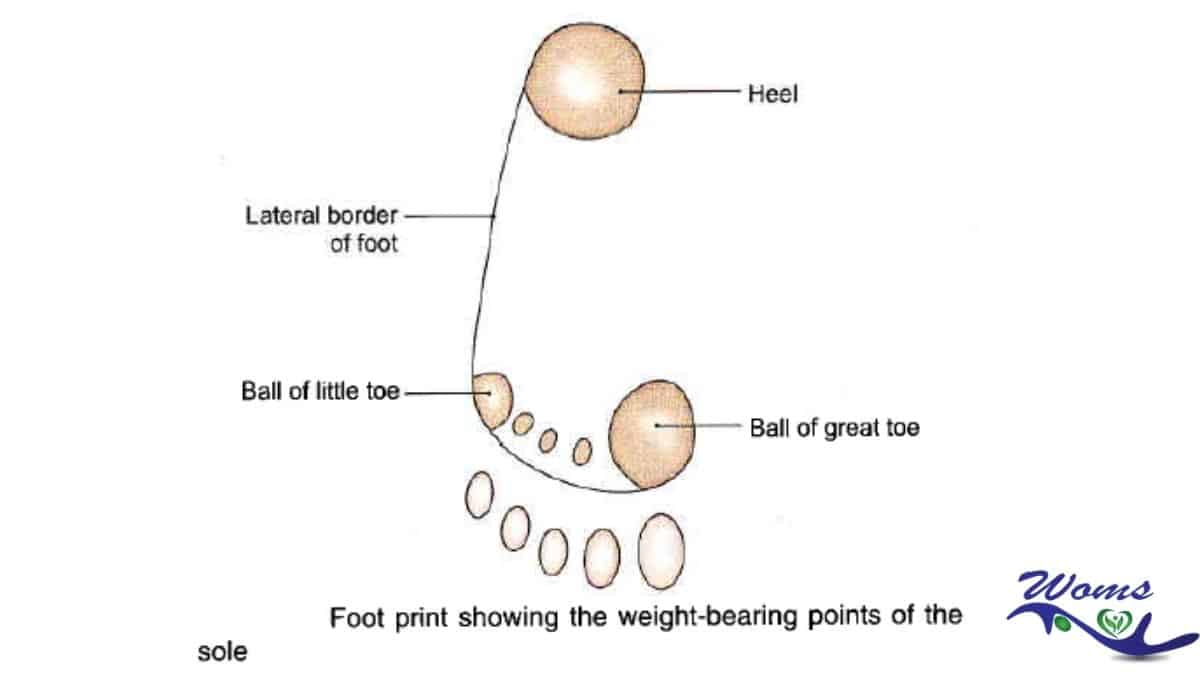
The foot has to act:
- As a pliable platform to support the body weight in the upright posture, and
- As a lever to propel the body forwards in walking, running or jumping
To meet these requirements, the human foot is designed in the form of elastic arches or springs. These
arches are segmented so that they can best sustain the stresses of weight and of thrusts. The presence of the arches makes the sole concave. This is best appreciated by examining footprints that show the weight-bearing parts of the sole.
An arched foot is a keynote of man. It distinguishes him from other primates. The arches are present right from birth, although they are masked in infants by the excessive amount of fat in their soles.
Types of arch:
There are two types of the arch of the foot. These two types of the arch of the foot is further subdivided. The types of the arch are given below:
- Longitudinal
- Medial
- Lateral
- Transverse
- Anterior
- Posterior
Formation or structures of arches of the foot
Medial Longitudinal Arch of foot
This Medial longitudinal arch of the foot is considerably higher, more mobile, and resilient than the lateral. It is considered as a big arc of a small circle with more bones and more joints. Its constitution is as follows:
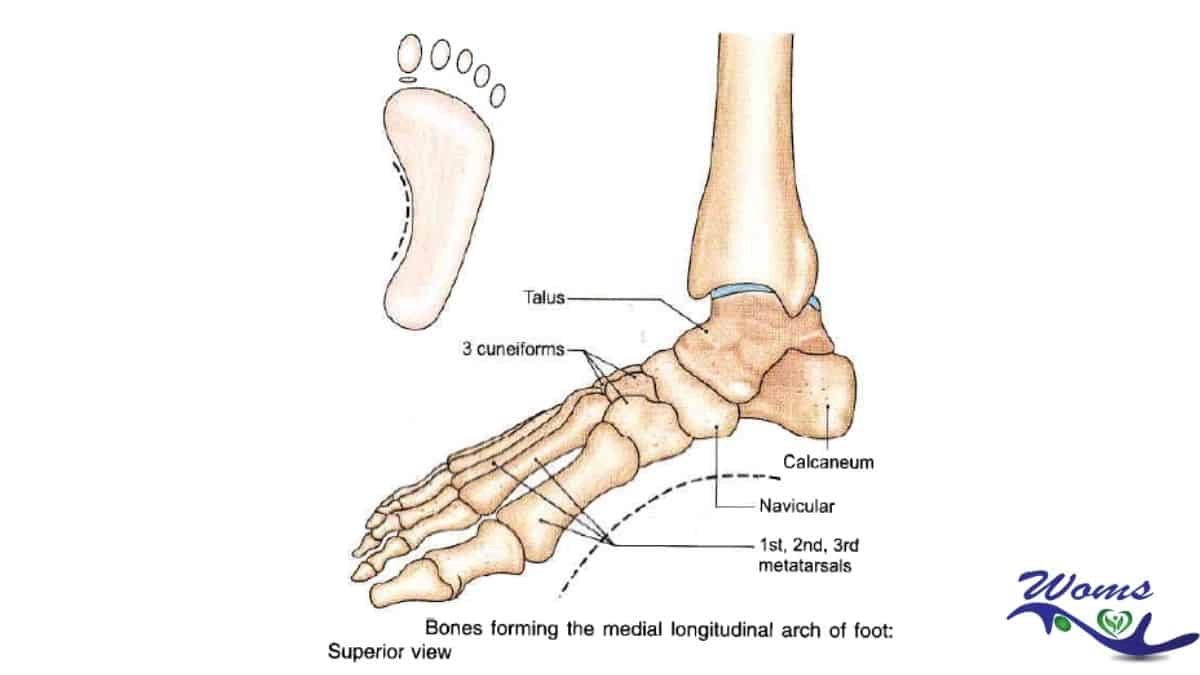
Ends
The anterior end is formed by the heads of the first second and third metatarsals. The phalanges do not take part in assembling the arches. The posterior end of this arch is composed of the medial tubercle of the calcaneum. Keystones are the talus.
Summit
The summit of the arch is composed of the superior articular surface of the body of the talus.
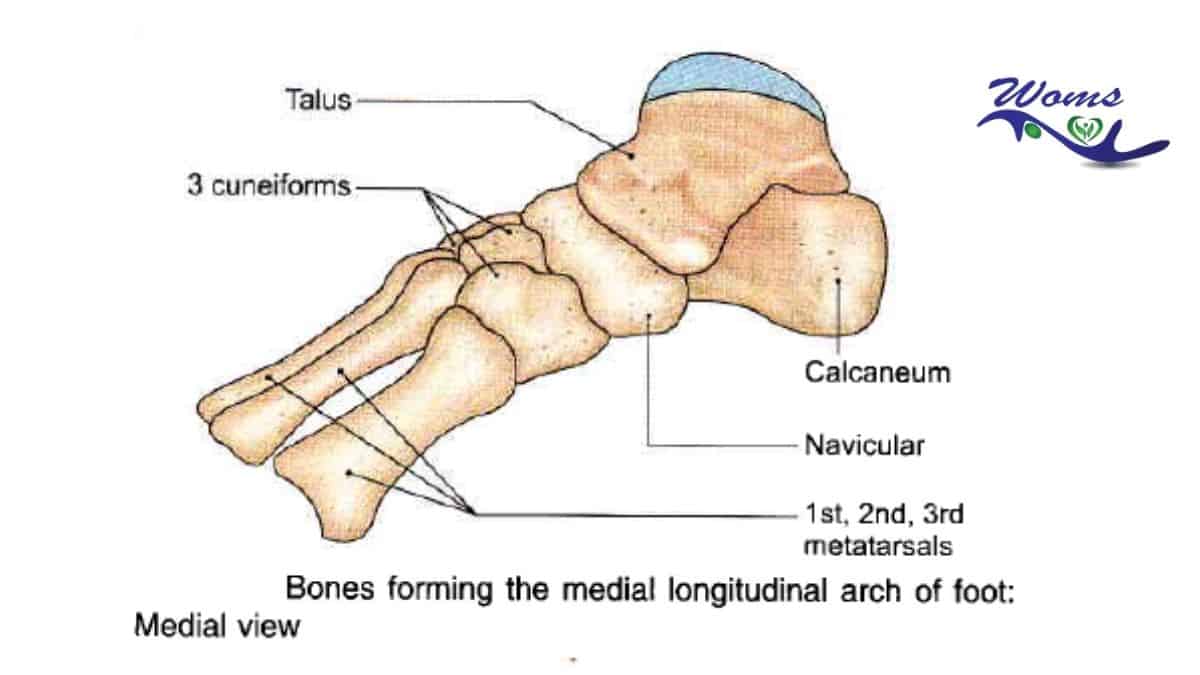
Pillars
The anterior pillar is long and weak. It is established by the talus, the navicular, the three cuneiform bones, and the first three metatarsal bones. The posterior pillar is short and strong. It is created by the medial part of the calcaneum. The main joint of the arch is the talocalcaneonavicular joint
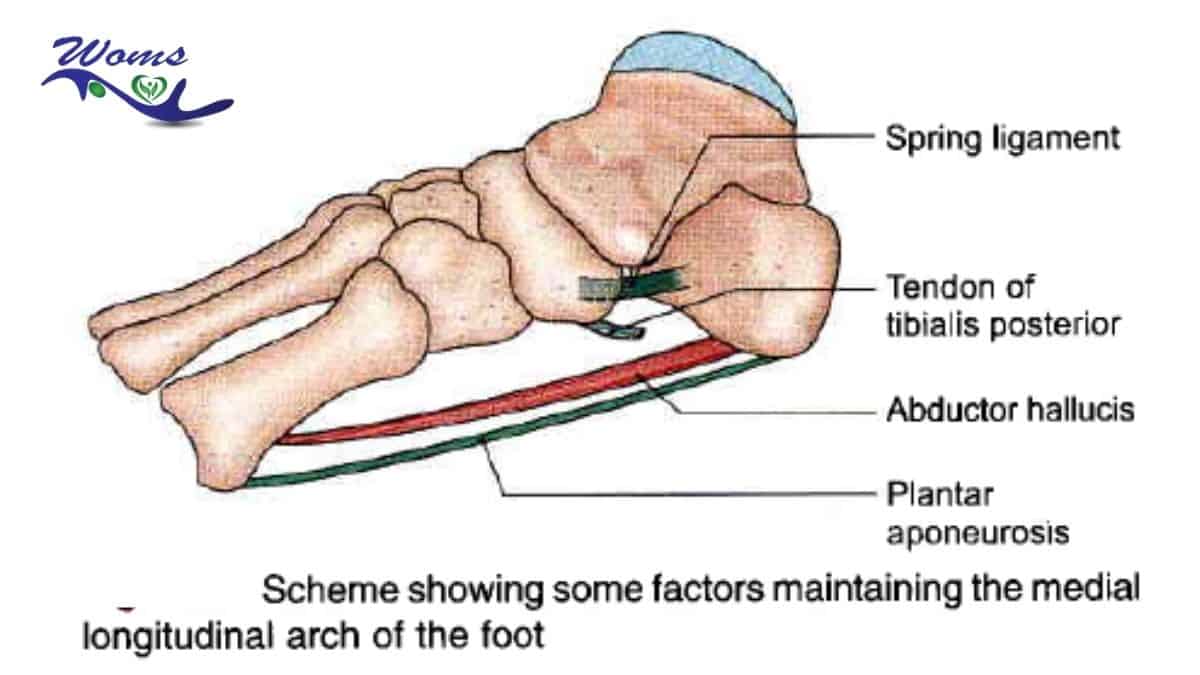
Lateral Longitudinal Arch
This lateral longitudinal types of the arch are characteristically low, with Jess’s bones, less joint and have limited mobility, and is built to transmit weight and thrust to the ground. It is considered as a small arc of a big circle. This is in contrast to the medial

Summit
The summit established at the level of the articular facets on the superior surface of the calcaneum at the level of the subtalar joint.
Pillars
The anterior pillar is long and weak. It is formed by the cuboid bone and by the 4th and 5th metatarsals. The posterior pillar is short and strong. It is arranged by the lateral half of the calcaneum.
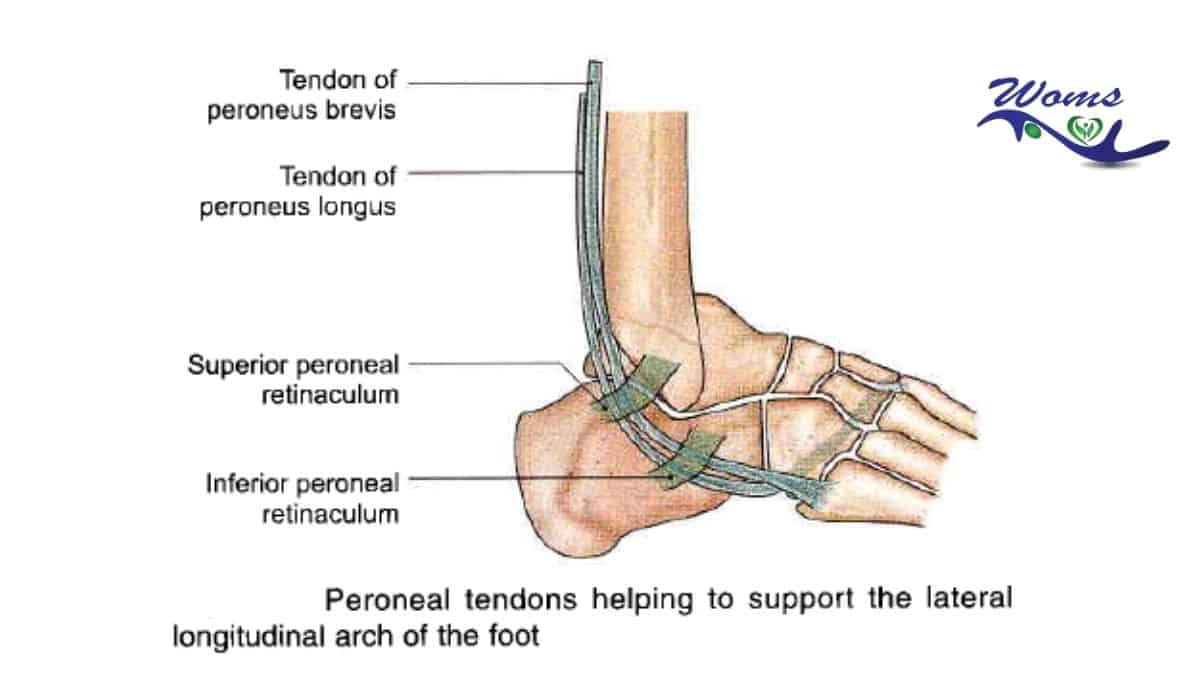
Main Joint
The main joint of the arch is the calcaneocuboid joint
Anterior Transverse Arch
The anterior transverse arch is fabricated by the heads of the five metatarsal bones. It is complete because the heads of the first and fifth metatarsals both come in contact with the ground and form the two ends of the arch.
Posterior Transverse Arch
The posterior transverse arch is established by the greater parts of the tarsus and bases of the metatarsus. It is incomplete because only the lateral end comes in contact with the ground, the arch forming a ‘half dome’ which is completed by a similar half-dome of the opposite foot.
The factor responsible for the maintenance of arches
In general, the factors helping in maintaining the various arches are as follows:
- The shape of the bones concerned.
- Intersegmental ties/staples or ligaments (and muscles) that hold the different segments of the arch together.
- Tie beams or bowstrings that connect the two ends of the arch.
- Slings that keep the summit of the arch pulled up. Each of these factors is considered below.
- Suspension
Bony Factor
The posterior transverse arch is composed and maintained mainly because of the fact that many of the tarsal bones involved (e.g. the cuneiform bones), and the bases of the metatarsal bones, are wedge-shaped, the apex of the wedge pointing downwards. The bony factor is not very important in the case of the other arches.
What is the tarsal bone name?
Tarsal bone is a group of seven bone found in the foot region of the body. The tarsal bone name on each foot is given below:
- Calcaneus,
- Talus,
- Cuboid bone,
- Navicular bone,
- Medial cuneiform bone,
- Intermediate cuneiform bone,
- Lateral cuneiform bones
Intersegmental Ties
All arches are financed by the ligaments uniting the bones concerned. The most important of these are as follows:
- The spring ligament for the medial longitudinal arch.
- The long and short plantar ligaments for the lateral longitudinal arch.
- In the case of the transverse arch, the metatarsal bones are held together by the interosseous muscles also.
Tie Beams
The longitudinal arches are prevented from flattening by the plantar aponeurosis, and by the muscles of the first layer of the sole. These structures keep the anterior and posterior ends of these arches pulled together. In the case of the transverse arch, the adductor hallucis acts as a tie beam.
Slings
- The summit of the medial longitudinal arch of foot is pulled upwards by tendons passing from the posterior compartment of the leg into the sole, i.e. tibialis posterior, flexor hallucis longus, flexor digitorum longus.
- The summit of the lateral longitudinal arch is pulled upwards by the peroneus longus and peroneus brevis.
- The tendons of tibialis anterior and peroneus longus together serve a sling (stirrup) which keeps the middle of the foot pulled upwards, thus supporting the longitudinal arches.
- As the tendon of the peroneus longus runs transversely across the sole, it pulls the medial and lateral margins of the sole closer together, thus maintaining the transverse arches. The transverse arch is also sustained by tibialis posterior which grips many of the bones of the sole through its slips.
Suspension
- Medial longitudinal arch -Tibialis anterior.
- Lateral longitudinal arch – Peroneus longus.
The function of arches of foot
- The arches of the foot distribute body weight to the weight-bearing areas of the sole, mainly the heel and the toes. Out of the latter, weight is borne mainly on the first and fifth toes. The lateral border of the foot bears some weight, but this is reduced due to the presence of the lateral longitudinal arch.
- The arches act as springs (chiefly the medial longitudinal arch) which are of great help in walking and running.
- They also act as shock absorbers in stepping and particularly in jumping.
- The concavity of the arches protects the soft tissues of the sole against pressure.
- The character of the medial longitudinal arch is resiliency and that of the lateral longitudinal arch is rigidity.
Clinical anatomy
The absence or collapse of the arches leads to flat foot (pes planus). which may be congenital or acquired. The effects of a flat foot are as follows.
- Loss of spring in the foot leads to a clumsy, shuffling gait.
- Loss of shock-absorbing function makes the foot more liable to trauma and osteoarthritis.
- Loss of the concavity of the sole leads to compression of the nerves and vessels of the sole. Compression of the communication between the lateral and medial plantar nerves causes neuralgic pain in the forefoot (metatarsalgia). The compression of blood vessels may cause vascular disturbances in the toes.
- Exaggeration of the longitudinal arches of the toot is known as pes cavus. This is usually a result of contracture (plantar flexion) at the transverse tarsal joint. When dorsiflexion of the metatarsophalangeal joints and plantar flexion of the interphalangeal joints (due to atrophy of lumbricals and interossei) are superadded, the condition is known as claw-foot. The common causes of pes cavus and claw-foot are spina bifida and poliomyelitis.
- Other deformities of the foot as follows.
- Talipes equines in which the patient walks on toes, with the heel raised.
- Talipes calcaneus in which the patient walks on hell, with the forefoot raised
- Talipes varus in which the patient walks on the outer border of the foot which is inverted and adducted.
- Talpes valgus in which the patient walks on the inner border of the foot which is everted and abducted.
- The commonest deformity of the foot is talipes equinovarus (club foot). In this condition, the foot is inverted, adducted, and plantarflexed. The condition may be associated with spina bifida.
- Talipes (club foot) may be of two types: Talipes calcaneovalgus -the foot is dorsiflexed at ankle joint, everted at midtarsal joints.
- Talipes equinovarus-foot is plantarflexed at the ankle joint and inverted at midtarsal joints.
Summary
The arches of the foot are well-known features of the foot. There are two types of the arch of foot which are further divided into the other two. Altogether there are four types of the arch of the foot. They are longitudinal arches of the foot , i.e. medial longitudinal arch of the foot and lateral longitudinal arch of the foot . In addition, there are two transverse arches, i.e. posterior transverse arch and an anterior transverse arch.
The medial longitudinal arch of the foot is the most important and is primarily affected in pes planus and pes cavus. This arch is formed by the calcaneus, navicular, three cuneiforms, and medial three metatarsals. Flattening of the arch is bourgeois and is imposed clinically.
The medial arch is supported by:
- Spring ligament which supports the head of the talus.
- Plantar aponeurosis : Acts as a tie beam.
- Abductor hallucis and flexor digitorum brevis which act as spring ties.
- Tibialis anterior which lifts the centre of the arch This muscle also forms a stirrup like support with the help of peroneus longus muscle.
- Tibialis posterior adducts the mid-tarsal joint and supports the spring ligament.
- Flexor hallucis longus extending between the anterior and posterior ends also supports the head of talus.
The lateral longitudinal arch is formed by calcaneum, cuboid, 4th, and 5th metatarsals. It is rather shallow and gets flattened on weight-bearing. - This arch is supported by long plantar ligament short plantar ligament. Plantar aponeurosis acts as a tie beam.
- Flexor digitorum brevis, flexor digiti minimi and abductor digiti minimi act as tie beams.
- Peroneus longus, peroneus brevis and perones tertius support this arch.
The posterior transverse arch is formed by three cuneiforms and cuboid. This arch extends across the sole in a coronal plane. It is only a half arch, the other half gets completed by the other foot. This arch is supported by the ligaments binding the bones. It gets specific support from the tendon of peroneus longus as it extends from the lateral side to the medial side of the sole
The anterior transverse arch also lies in the coronal plane. It is formed by the heads of five metatarsals. During weight-bearing, the metatarsal heads flatten out. This arch is supported by intermetatarsal ligaments and the intrinsic muscles of the sole. The transverse head of adductor hallucis holds the heads of metatarsals together.
Do read about: Case: Numbness and tingling sensations in the lower limb (Foot drop)
